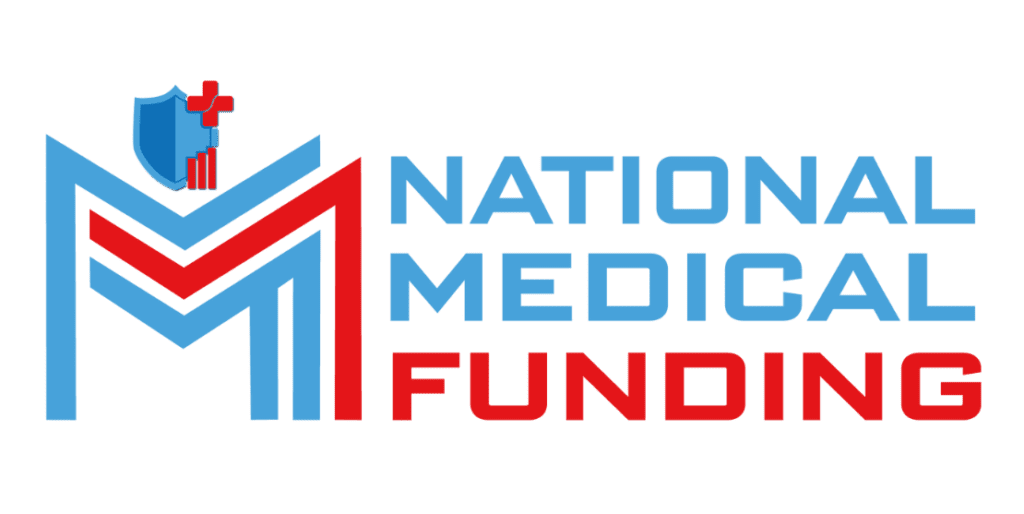
Smart Money Moves: Financial Practices Every
Why Financial Savvy Is a Superpower for Office Managers...

Saturday and Sunday – CLOSED
support@nationalmedicalfunding.com



Primary care clinics often focus on the big picture—annual visits, chronic disease management, preventive screenings. But the real financial power sometimes lies in the margins. That’s right: microservices. These are small-scale, high-impact services like allergy testing, nutrition consults, skin procedures, or even telehealth add-ons. They seem minor, but they can significantly boost your bottom line.
The problem? Implementing these services still takes upfront investment. Equipment, staffing, and training cost money. That’s where healthcare loans come in. Instead of waiting years to grow, smart financing helps clinics take advantage of these revenue-boosting opportunities now. With healthcare funding solutions tailored for small and mid-sized practices, providers can invest in innovations that lead to long-term profitability.
You might be asking: what exactly are microservices in a healthcare setting? Think beyond the annual check-up. Microservices are the value-added services that enhance patient care while opening up new billing opportunities.
These include:
They may be small, but they matter. These services not only help patients feel cared for, but they also contribute to steady, predictable revenue. They also allow clinics to offer holistic, continuous care, aligning with modern patient expectations. Think of it as treating the whole person, not just the chart.
Let’s break it down. You already have a patient base. Adding one or two microservices can increase your revenue without needing to increase patient volume.
For instance, offering a $50 vitamin B12 shot to 20 patients a week adds $1,000 in revenue. Over a year, that’s $52,000—from one service. These services often have low overhead and high margins. They’re a win-win.
But here’s the kicker: You need capital to start. That’s where healthcare funding solutions shine. You don’t need to go all-in on big renovations. You just need the right tools and a little strategic investment.
Clinics that introduce even a single microservice can increase their per-patient revenue by 15-25%, depending on service adoption. These additional services not only increase financial stability but also help differentiate your practice from others in your region. It’s not just growth—it’s sustainable growth.

Let’s be honest—if it were easy, everyone would be doing it. So, what’s stopping clinics?
These barriers are real but solvable. Through healthcare loans, you can access capital to overcome these hurdles. It’s not about spending recklessly. It’s about investing in high-ROI opportunities that align with your clinic’s mission.
We often hear providers say, “We don’t have the time to train staff on something new.” But here’s the truth: With proper funding, training can be outsourced or streamlined. Financing also helps pay for consultants or technology partners to smooth implementation. With the right strategy, adding services can become seamless, not stressful.
Need ideas? Here are some microservices that real primary care clinics have successfully financed and launched:
Microservice | Equipment Needed | Avg. Setup Cost | Monthly Revenue Potential |
Allergy Testing | Basic testing kits | $3,000 | $5,000+ |
Weight Loss Counseling | Scale, literature, app | $2,500 | $3,000+ |
Telehealth Setup | Software, camera, training | $1,500 | $2,000+ |
Vitamin Shots & IV Therapy | Supplies, chair | $4,000 | $4,000+ |
Skin Treatments | Light therapy device | $7,000 | $6,000+ |
Each of these has been funded using national health finance programs, and the ROI is fast. More importantly, these services offer ongoing revenue, not just one-time boosts. With strong patient communication, you can turn these into subscription-based models or recurring visits.
You don’t need to use your operating cash to launch something new. With tailored healthcare loans, clinics can fund:
And it’s not just about funding. It’s about strategy. Loans structured by companies that specialize in national health finance understand the reimbursement timelines, patient cycles, and regulatory challenges clinics face.
Some lenders even offer coaching or onboarding services. You get both the capital and the roadmap. We talk more about strategic implementation in our blog: Financing Advanced Primary Care.
Some of the best-performing clinics in our national funding reviews started small. One vitamin shot. One new app. One new patient education tool. But because they started smart and had the capital, they scaled fast.
Microservices are especially useful in retaining patients. They build loyalty. A patient who visits for primary care and also gets nutrition advice or aesthetic treatments is more likely to stay long-term. The customer lifetime value increases.
Even better? These small additions reduce patient churn and increase satisfaction. That’s huge in a competitive market. And if you’re worried about stretching your team thin, smart workflows and training—also fundable through loans—make integration easy.

Worried about paying it back? Don’t be. Most healthcare funding solutions offer flexible repayment options designed around healthcare cycles. Think:
We’ve outlined this further in our post on Smart Cash Flow Management.
Also, adding microservices doesn’t just create revenue; it creates better margins. Because you already have the patients and space, your costs remain relatively flat. This increases your overall profitability ratio over time, which strengthens your case for future funding.
Surprisingly, adding microservices doesn’t create chaos. In fact, it can improve team productivity. New roles create ownership. New services energize teams.
And when processes are built right, your team becomes more efficient. Don’t miss our blog on The Productivity Prescription for more insight.
Microservices allow staff to specialize and increase their job satisfaction. For instance, a nurse interested in wellness coaching can take on a new title. That means you retain talent and reduce burnout. And happier teams mean better patient experiences.
At National Medical Funding, we prioritize ethical, transparent lending. Our post on Trust First breaks down how our values align with your goals.
Long-term success isn’t about shortcuts. It’s about finding funding that matches your mission. And when your microservices are funded ethically, you’re not just building a better practice—you’re building trust in your community.
Ethical financing means:
And most importantly? Respect for your vision. That makes us more than just a lender—we’re your partner in growth.
Microservices are the margin-makers clinics can no longer ignore. With the right strategy and funding, even small practices can launch new services, boost revenue, and improve patient care. Don’t wait until you have the cash on hand. With the right healthcare funding solutions, the future of your practice could start today.
So what’s your next step?
Then? Go live.
The financial boost might be small at first. But the momentum will grow. And as your patients see the improvements, they’ll keep coming back. Your staff will feel energized. Your brand will evolve.
Ready to explore your options? Visit NationalMedicalFunding.com and take your next step toward growth.
Sometimes, growth doesn’t require reinvention. Sometimes, it’s about listening to your patients and offering just a little bit more. A little extra service. A little smarter tech. A little more comfort. And when you’re backed by the right finance partner, those little additions add up to something huge.
Let’s build that future, one microservice at a time.
Why Financial Savvy Is a Superpower for Office Managers...
Starting or growing a medical career comes with huge re...

Fuel your medical practice’s growth with financial solutions tailored to your needs. We’re here to support independent practitioners and group practices with strategies built for success.
Mon Fri: 8:00am – 6:00pm
Saturday: Closed
Sunday: Closed
Copyright © 2025 National Medical Funding